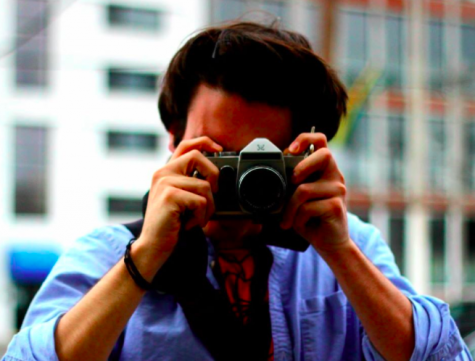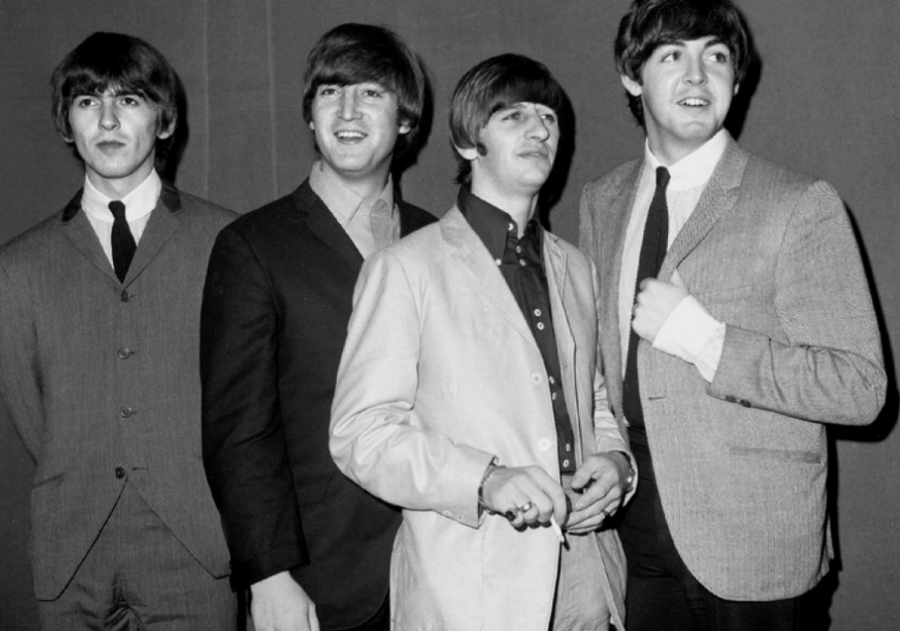Beatlemania phenomenon explained by author Candy Leonard
Dr. Candy Leonard engaged Suffolk students and faculty with a talk on the sociological phenomenon of “Beatlemania” in the Poetry Center in the Suffolk University library on Thursday.
Dr. Leonard is a lifelong Beatles fan, sociologist and frequent Huffington Post contributor. She was introduced by Suffolk professor David Gallant, who uses Dr. Leonard’s book in his Seminar for Freshman course on the Beatles.
The subject matter was taken from her 2014 book “Beatleness: How the Beatles and Their Fans Remade the World,” a study of the impact of the Liverpool band through interviews with Beatles fans from the baby boomer generation.
Dr. Leonard was seven years old when the Beatles first came to America and made their famous appearance on the Ed Sullivan Show. She, unlike most who emphasize the influence on teens at the time of the Fab Four’s arrival, said that many young children were equally, or in some cases more influenced.
“They changed the very nature of childhood overnight,” she said.
Dr. Leonard described both how the climate of the sixties was right for the success of the Beatles and how the band in turn further changed that climate. Constraints of the fifties were being thrown off by the youth, she said.
“Conformity permeated the culture at the time,” she said.
She cites these changes in the way the Beatles redefined not only popular music, but social norms among American youth. She exemplified gender relations and the reimagining of youth culture throughout the sixties. The Beatles brought to the American youth a new image of masculinity, Dr. Leonard said, with their intelligence, charm and more ‘androgynous’ appearances.
“The Beatles were an inspiration and catalyst for many of these cultural changes,” she said.
Young women were also affected, according to Dr. Leonard. Images of girls swooning at Beatles concerts circulated rapidly as the prescribed public behavior for women was challenged.
“For girls to go out to a concert and scream was an extraordinary experience,” she said.
These changes in youth culture, along with the particular sound of the Beatles, created strife between many children and their parents, according to Dr. Leonard. Boys were often dragged by their fathers to barber shops to prevent their hair from growing out, she said. Additionally, rock and roll was looked down upon and associated with African American culture by more conservative members of the previous generation.
“{Rock music] was considered a little bit sinister by white America,” Dr. Leonard said.
Dr. Leonard also addressed the institutions that made the spread of Beatlemania possible. She said that when the Beatles Appeared on Ed Sullivan, 90 percent of American households had T.V.’s, an all-time high over the former half of the century, which put 73 million sets of eyes on the group.
After the presentation, Dr. Leonard fielded audience questions. Members of the faculty with memories of the Beatles in the sixties took this time to reflect as well.
Professor Gallant will teach a section of his Seminar for Freshman in the Spring.
“Beatleness” is available on Amazon and at other booksellers.
Your donation will support the student journalists of Suffolk University. Your contribution will allow us to cover our annual website hosting costs.




Steve Stone • Dec 1, 2016 at 12:04 am
I basically hit all these major points in the fall of 1969 in the first paper that I wrote for English. The topic was a general one: to pick something that had effected is. The paper received an “A” and in that pre- pc age allowed the instructor to keep my only finished copy. Never thought in terms of a thesis for a higher degree or other publication. Too bad. As the lads dominated the recording business with their last 2 albums and the Paul I’d Dead phenomena